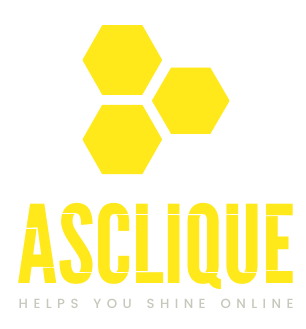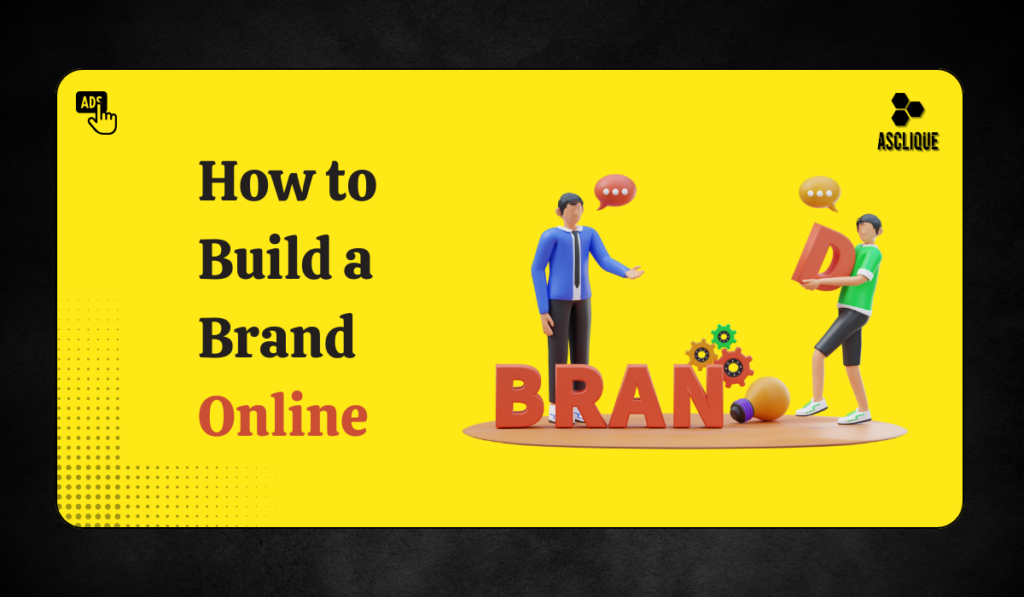In the current digital age, your online identity is your initial impression. When you’re creating a personal blog, starting a small business, or growing a startup, you must build a brand online that others know and trust.
Branding is not a logo, color palette—it’s how others think about your company. This guide will take you through easy and effective steps to establish a solid foundation to start.
What Does It Mean to Build a Brand Online?
To build a brand online is to develop a solid, recognizable identity on digital channels—your website, social media, emails, and search listings. It’s how you express who you are, what you do, and why someone should select you over others.
It is not merely visual. It’s consistency, trust, and the narrative you convey.
Why Building a Brand Online Matters Today
Over 81% of consumers research a business online before making a decision. If your brand doesn’t show up or fails to impress, you’re losing opportunities. Online branding:
- Builds customer trust
- Increases recognition
- Helps attract and retain loyal followers
- Boosts conversions and sales
With the right strategy, even small brands can stand out and compete with bigger players.
Step 1: Define Your Brand Purpose and Values
Start by asking yourself:
- Why does your brand exist?
- What problems do you solve?
- What are your core values?
This becomes your brand foundation. A clear purpose guides everything else—from your messaging to the way you interact with customers.
Example:
If you’re a sustainable clothing brand, your purpose might be to offer stylish fashion with a smaller environmental impact.
Step 2: Identify and Understand Your Target Audience
You can’t talk to everyone—and that’s okay. Knowing your audience helps you speak their language and solve their problems.
Key points to cover:
- Age, gender, location
- Interests and behaviors
- Challenges they face
- Platforms they use most
Use tools like Google Analytics, Facebook Insights, or surveys to gather data.
Step 3: Create a Memorable Brand Identity
Your visual identity makes people remember you. It should embody your brand personality and values.
What to put in:
- Logo – clean, recognizable, and adaptable
- Color palette – 2 to 4 foundation colors that express your tone
- Typography – fonts that are legible and easy to read
- Brand voice – how you sound when you write (professional, relaxed, strong, etc.)
Keep it consistent. A mismatched appearance confuses visitors and dilutes trust.
Step 4: Build a Website That Represents Your Brand
Your website is usually where people land first. It should:
- Match your brand’s appearance and tone
- Be responsive
- Load fast (40% of visitors will leave if it’s more than 3 seconds)
- Have core pages: Home, About, Services/Products, Contact, Blog
You can start with platforms such as WordPress, Shopify, or Wix. You don’t have to be a coder—but prioritize simplicity and navigation.
Step 5: Develop a Content Strategy That Reflects Your Brand
Content is the driving force of online branding. Content informs, entertains, and engages your audience.
Create content that:
- Solves problems or provides answers
- Represents your brand values
- Employ your tone of voice
Begin with blog posts, social media updates, and email newsletters. Businesses that blog receive 55% more traffic than businesses that don’t.
Step 6: Leverage Social Media to Build a Brand Online
Social media is how most people initially find brands. Choose platforms that match your crowd.
Tips for Beginner:
- Don’t attempt to be everywhere—begin with 1–2 platforms
- Post valuable content, not only promotions
- Use hashtags purposefully
- Participate—reply to comments and messages
- Be consistent with appearance and tone
Keep in mind: Humans follow brands that come across as human, not automated.
Step 7: Build Trust With Online Communities and Reviews
Trust is everything online. You can’t build a brand online without it.
Ways to build credibility:
- Encourage satisfied customers to leave reviews
- Join forums or Facebook groups in your niche
- Share testimonials on your site
- Collaborate with influencers or micro-influencers
Over 90% of people trust online reviews as much as personal recommendations.
Step 8: Use SEO and Email Marketing to Boost Your Brand
SEO makes you come up higher in search engines and receive more traffic. Email marketing creates sustained relationships.
For SEO:
- Use terms your audience looks for
- Optimize your blog and website pages
- Use image alt text and meta descriptions
For email:
- Provide a freebie to gain emails (such as a guide or checklist)
- Send regular, useful updates—not promotions
- Split your list based on interests or behavior
- Both of these channels keep you top of mind and relevant.
Step 9: Monitor and Evolve Your Online Brand Presence
Brands aren’t built overnight—and they need regular care. Monitor what’s working and what isn’t.
Use tools like:
- Google Analytics (website traffic)
- Hotjar (user behavior)
- SEMRush or Ahrefs (SEO performance)
- Social media insights (engagement stats)
Be ready to adjust. Test new messages, update visuals, or shift platforms as trends and behaviors change.
Common Mistakes to Avoid When You Build a Brand Online
- Inconsistency in tone or visuals
- Ignoring audience feedback
- Trying to copy competitors
- Not tracking performance
- Neglecting mobile users
Avoiding these mistakes keeps your brand professional and authentic.
Conclusion
To build a brand online, you don’t require a large budget—you require clarity, consistency, and commitment. Establish who you are, engage with your audience, and continue to refine as you progress. The greatest online brands are created one deliberate step at a time.
Also, read here: Uber Clone – Taxi Booking App Development
FAQ’s
How long does it take to build a brand online?
It varies, but most brands take 6–12 months to see consistent recognition and engagement.
Do I need a website to build a brand online?
Yes. A website gives you credibility, control, and a place to convert visitors into customers.
What’s the best platform to build a brand online?
It depends on your audience—Instagram, LinkedIn, and YouTube are great starting points based on your niche.
Can I build a personal brand and a business brand at the same time?
Yes, but keep them clear and distinct. Make sure each has its own voice, goals, and audience

